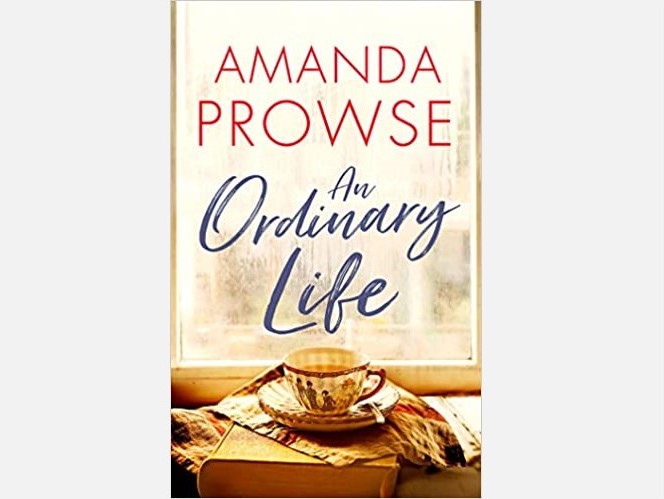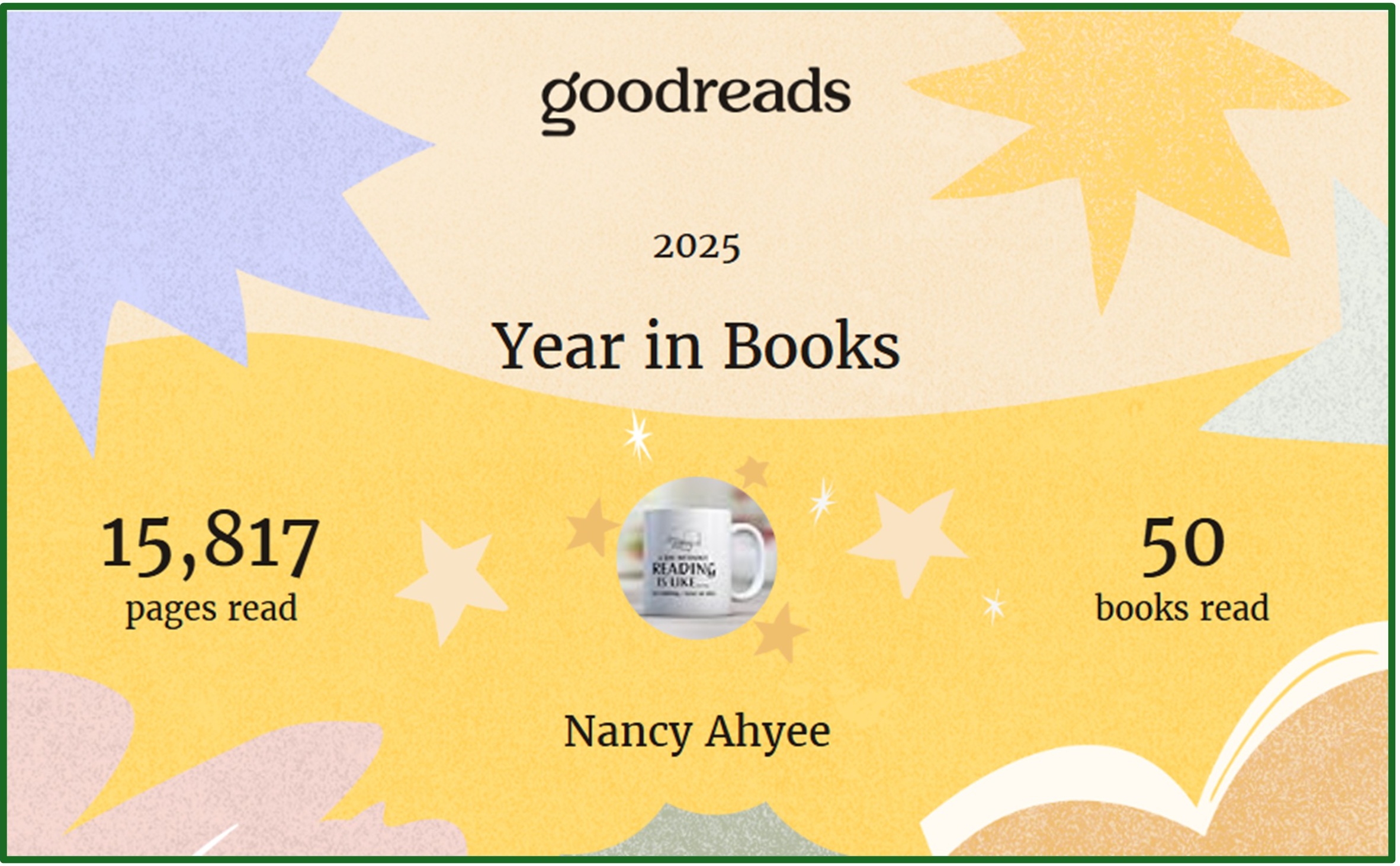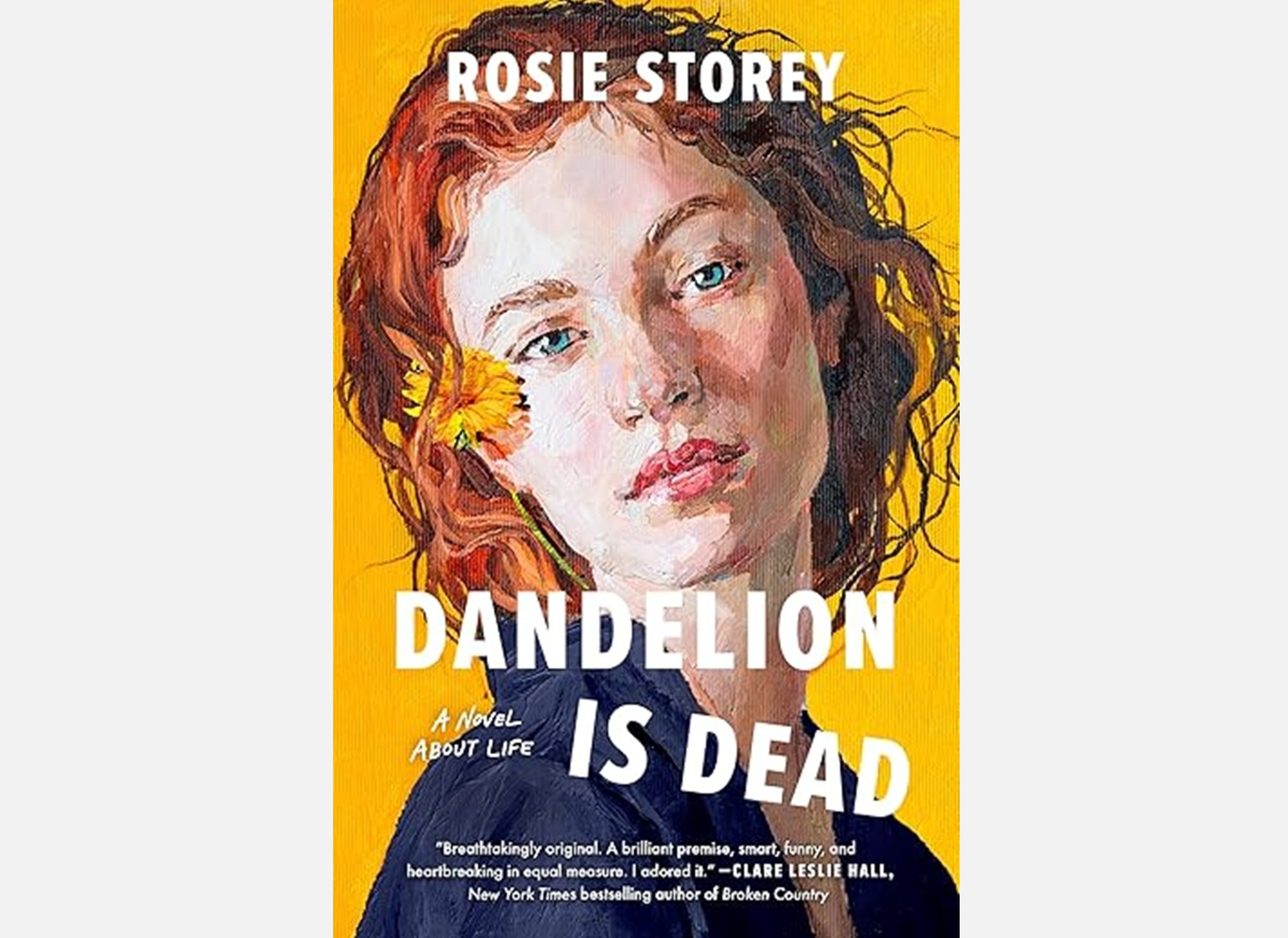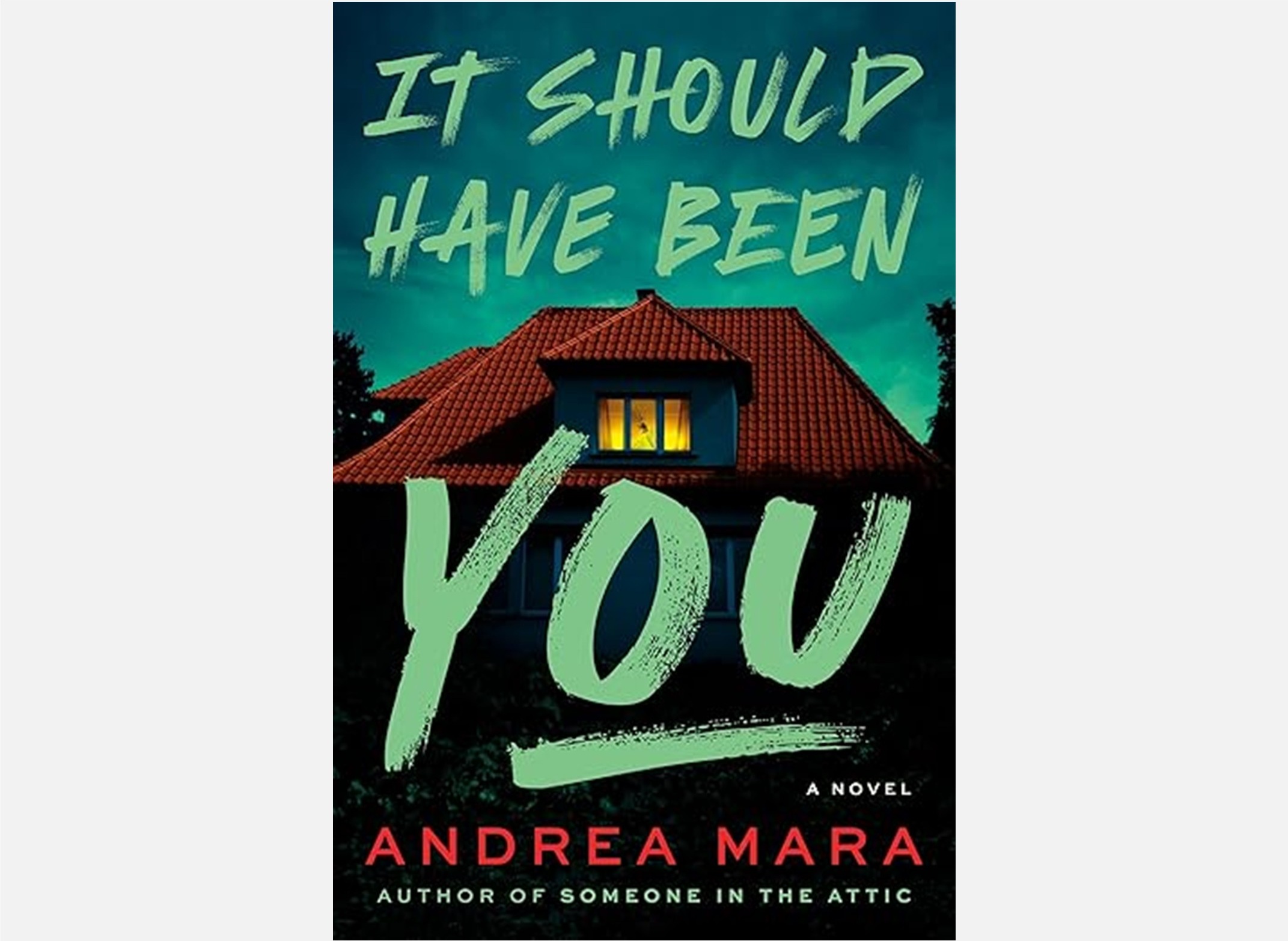Story for the Week
When I was a teenager, ripped jeans were either pitched or patched. I remember one pair of jeans I had (we all had one) that were perfect. They were Jordache, and they were ridiculously soft from so many washings and fit just right. Because I wore them and washed them so often, a small frayed hole started to form just below my behind. My mom kept telling me to patch it, and I kept avoiding it because I knew it would feel weird and mess up my best pair of jeans.
One day when I was folding my laundry, Mom pulled the jeans out of the laundry basket, stuck her finger through the hole, and ripped them halfway down the leg. I was angry and upset and horrified that she would do that. She knew they were my favorite, and it’s not like we grew up with a lot of money to just run out and buy a new pair. And a new pair would take a long time to get to the same level of comfort anyway. 😏 Needless to say, that favorite pair of jeans was beyond repair and ended up in the trash that day.
As I got older, jean fashion moved into prewashed and faded, also qualities that we never would have paid for. Our fades were organic, developing from the excessive wearing and washing. These days, you can’t walk into a clothing department without seeing ripped jeans—some of them more ripped than jeans. Consumers literally pay a premium for brand new jeans that look like they’ve been worn (and worn out) for years.

My daughter has asked more than once for ripped jeans, and I always told her no, that I wasn’t paying for something that already had rips in it. But then she received two pairs as gifts for her birthday. They were not more ripped than jeans thank goodness, none of the rips were higher up than her knees, and well, even I had to admit that they looked really cute on her. When we went to get her more jeans for school, she picked out three more pairs (only one with rips) and joked that I had finally caved. The joke was on her though because she used gift cards she had received, so I didn’t pay for anything and can proudly claim that I still have not paid for something with rips in it. 🤣

The compromises we make for our kids, right?
There’s a Bible story about King Solomon, said to be the wisest man who ever lived. Two women who lived in the same house had babies a few days apart. One of the women rolled over on her baby during the night, suffocating him, and decided to switch the babies while the other woman slept. The women went to Solomon to argue their cases. After a lot of back and forth, Solomon asked for his sword and said that since both women said the surviving baby was hers, the baby should be cut in half so that each woman could have half of the baby. The baby’s real mother begged Solomon not to hurt her child and to give him to the other woman, but the other woman insisted that Solomon go ahead with his plan. Solomon ordered that the baby boy be given to the real mother because he knew that the baby’s mother would do anything to save her child, including giving him away.
Because a mother will do anything for her child. Maybe even (eventually) buying her ripped jeans. 😉
Amanda Prowse recently released a book about a woman who sacrifices greatly for a child. As usual, it belongs on your TBR list.
Book Review
⭐⭐⭐⭐½
4.5 Stars for An Ordinary Life by Amanda Prowse
396 pages
Publisher: Lake Union Publishing
Publication Date: February 9, 2021
I received an advance copy of this title from NetGalley and Lake Union Publishing.
Publisher’s Description
Christmas Eve, 2019. Ninety-four-year-old Molly lies in her hospital bed. A stroke and a fall may have broken her body—but her mind is alive with memories.
London, 1940s. Molly is a bright young woman, determined to help the war effort and keep her head up despite it all. Life becomes brighter when she meets and falls in love with a man who makes her forget everything with one dance. But then war forces her to make an unforgettable sacrifice, and when she’s brought to her knees by a daring undercover mission with the French Resistance, only her sister knows the secret weighing heavily on Molly’s heart.
Now, lying in her hospital bed, Molly can’t escape the memories of what she lost all those years ago. But she is not as alone as she thinks.
Will she be able to find peace—and finally understand that what seemed to be an ordinary life was anything but?
************
Main Characters:
- Molly – our 94-year-old heroine whose life we revisit beginning when she’s 18 and working in the translation department of the Ministry of Information
- Geer – Molly’s co-worker and best friend
- Marjorie – Molly and Geer’s co-worker
- Johan – Geer’s brother
- Joyce & Albert – Molly’s sister and brother-in-law
- Joe – Molly’s son, to whom she is desperate to finish a letter in the first chapter
- David & Clara – Molly’s brother and sister-in-law
Molly’s life in Amanda Prowse’s An Ordinary Life is anything but ordinary. We learn almost her entire life as she relives her memories from a hospital bed—work, love, passion, pain, sorrow, everything you expect to experience in a lifetime. Molly’s early life takes place during war time in the 1940s, so there’s a lot to experience that most of us never have and probably never will. But Ms. Prowse is an amazing storyteller with the ability to put her readers right into her protagonist’s life.
All of us are shaped by things that happen to us—the schools we attend, the friends we make (and lose), the jobs we take, the loved ones we mourn along the way. All of us experience ordinary things every single day. But Molly’s “things” are far more influential and extraordinary than your average person. Her skills with multiple languages put her in a position to be an asset to the war effort, and as a result she lives through situations that influence her entire future. These experiences color everything that she does after the war. And as far as she is concerned, it’s been an ordinary life.
Molly’s story will take you on an incredible journey. The only reason I gave it 4.5 stars instead of 5 is that 76 years is a lot to cover in a single novel, so there had to be big gaps in time by the end in order to get through it all. As the novel approached the end, the gaps became increasingly wider. The first 70% of the book covers two years, then it skips ahead seven years, then 16, then nine, then eight, then 17, and then 17 more. I know that ordinary things happened in the gaps. They just felt like really big gaps in the last 30% of the book. Nevertheless, this is definitely another Amanda Prowse creation worth reading.
If you enjoyed this post, please comment below. Subscribe for regular updates, and share it with your friends. If you’re interested in starting a conversation, send an email to booksundertheblanket@gmail.com.
As an Amazon affiliate, I earn a small commission at no cost to you when you make a purchase using the links on my site.




